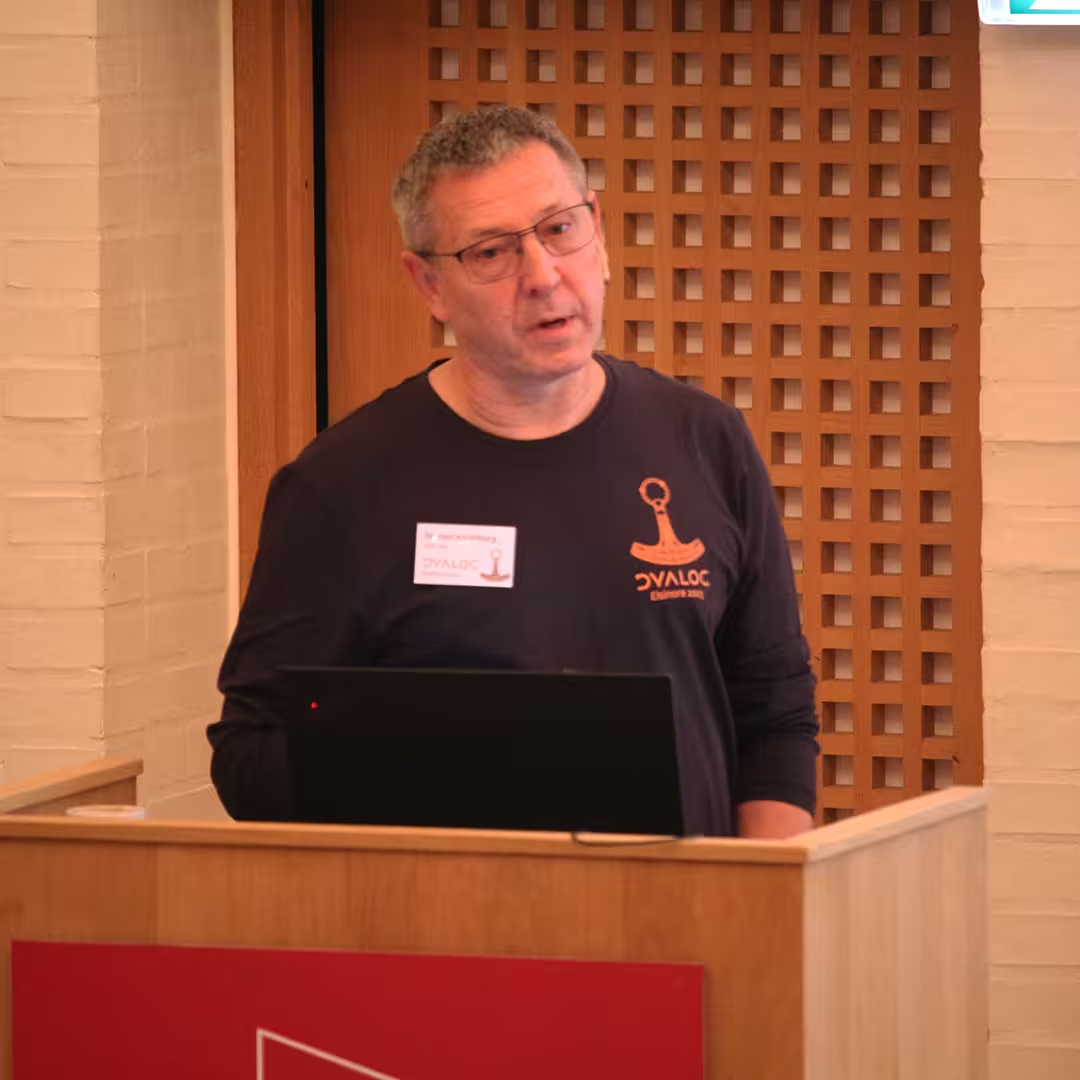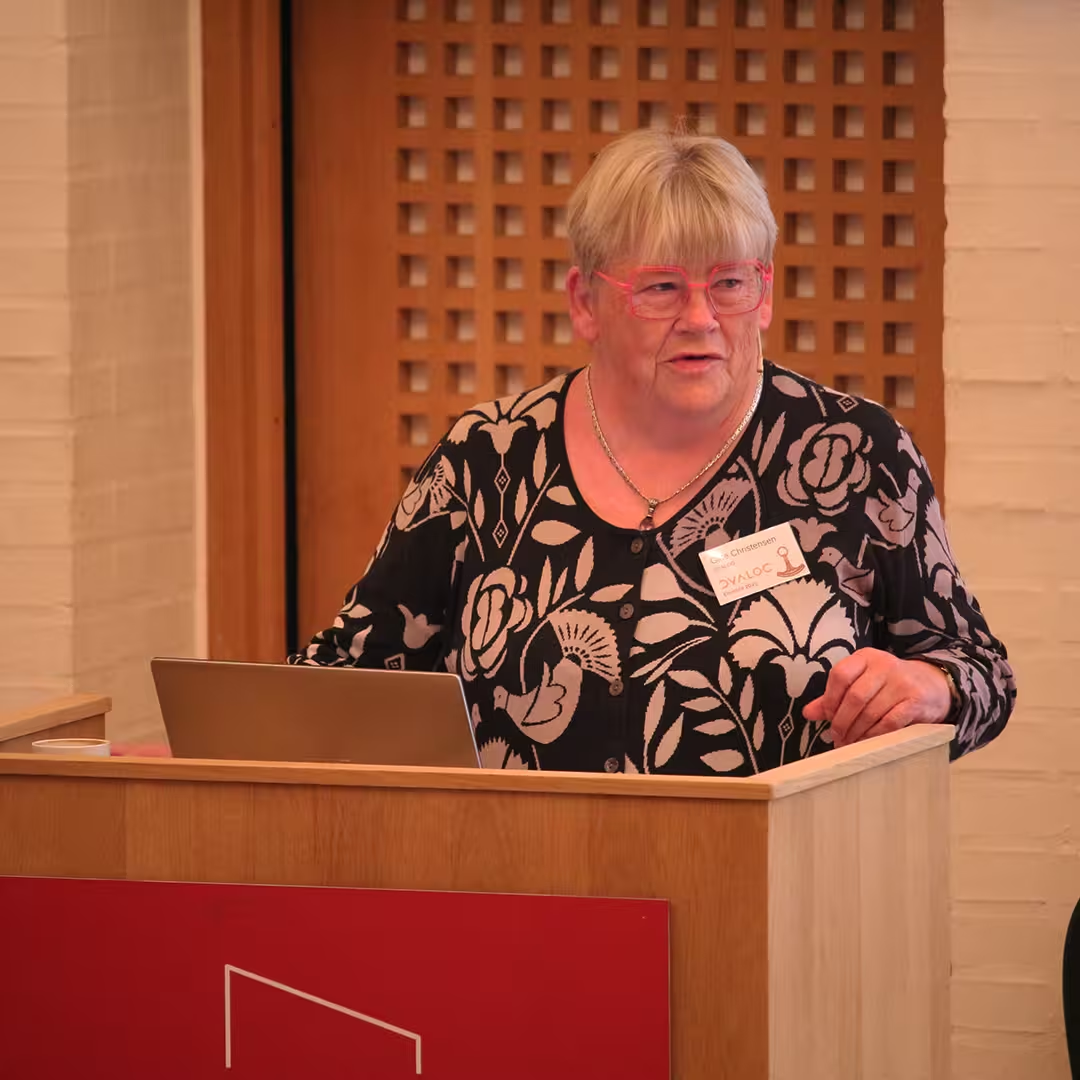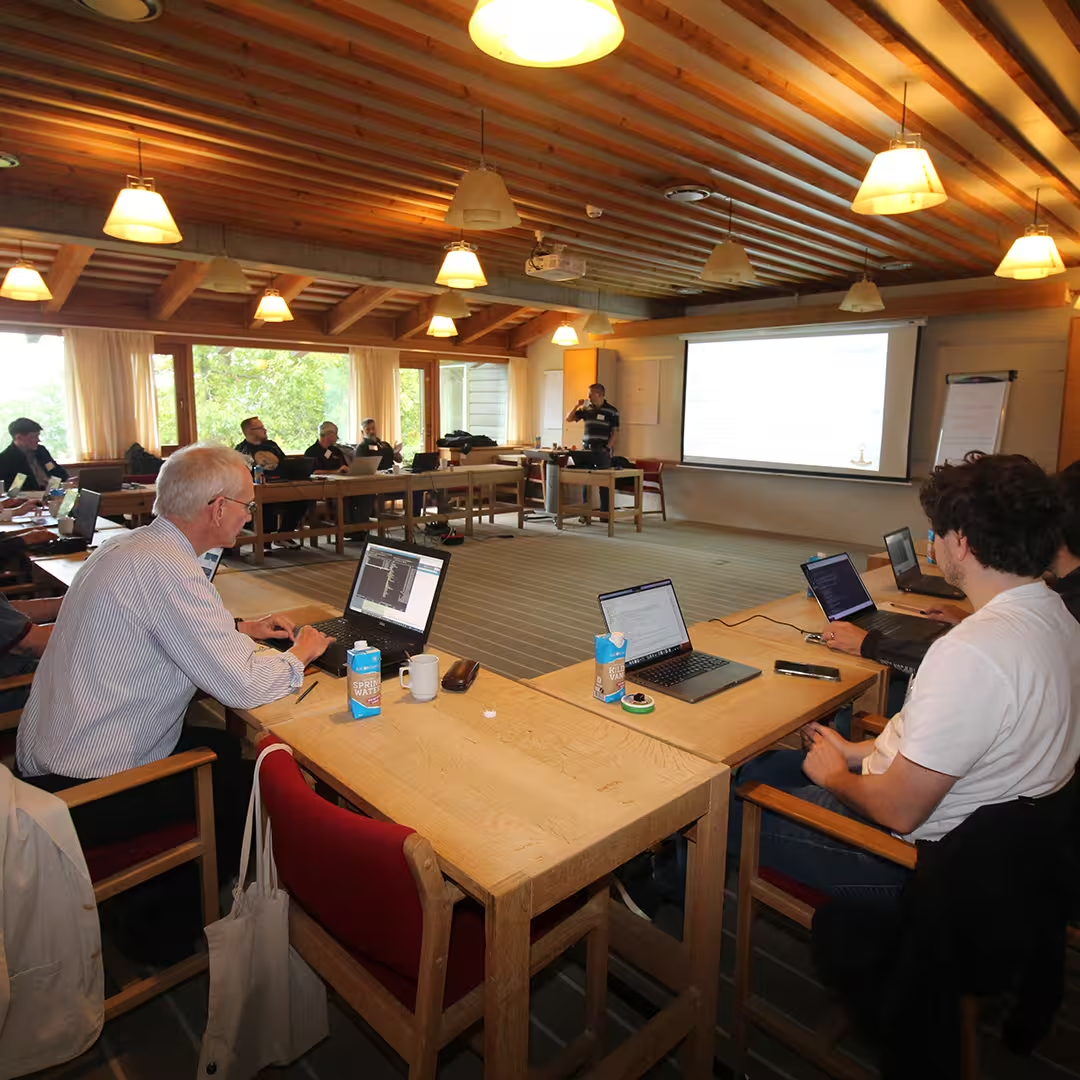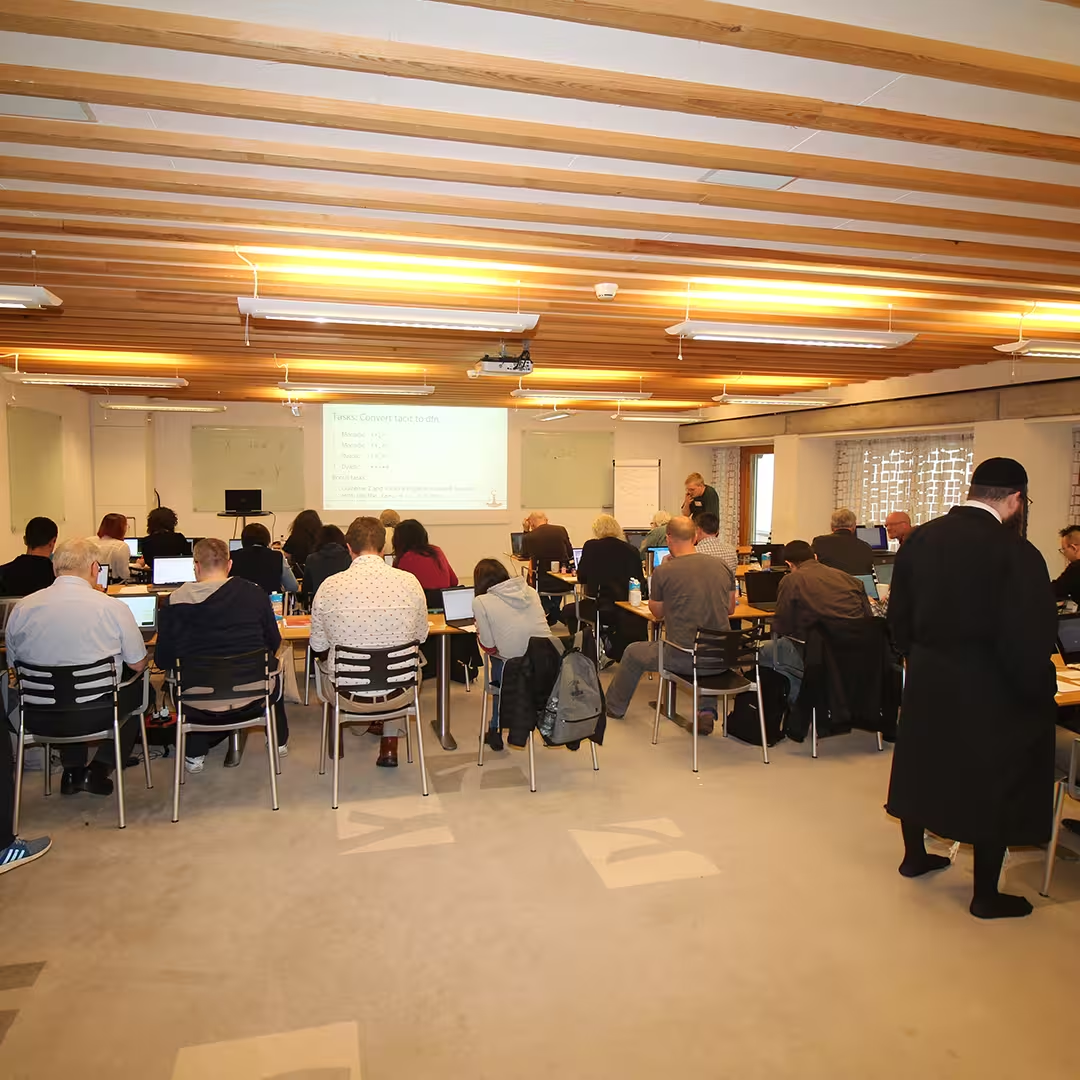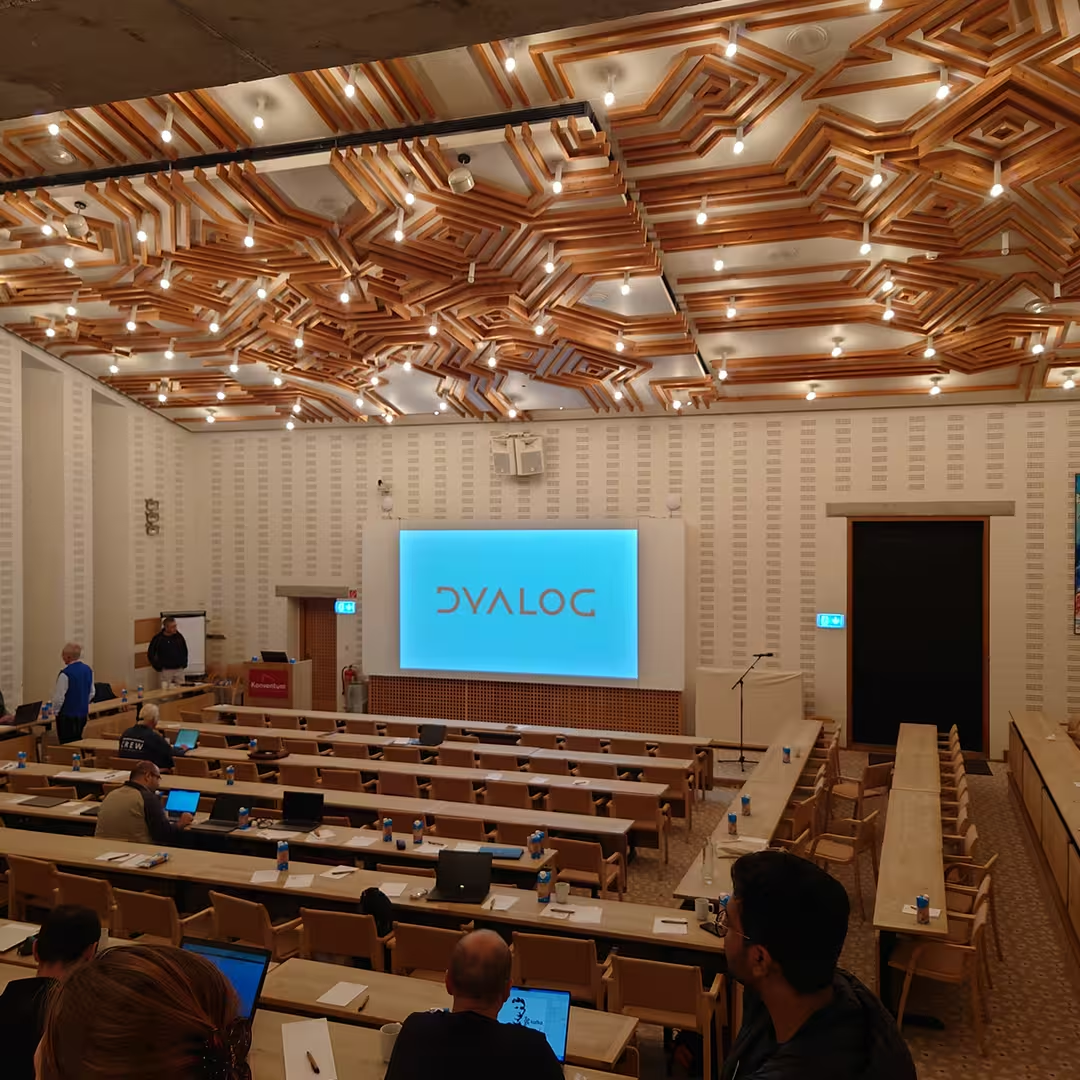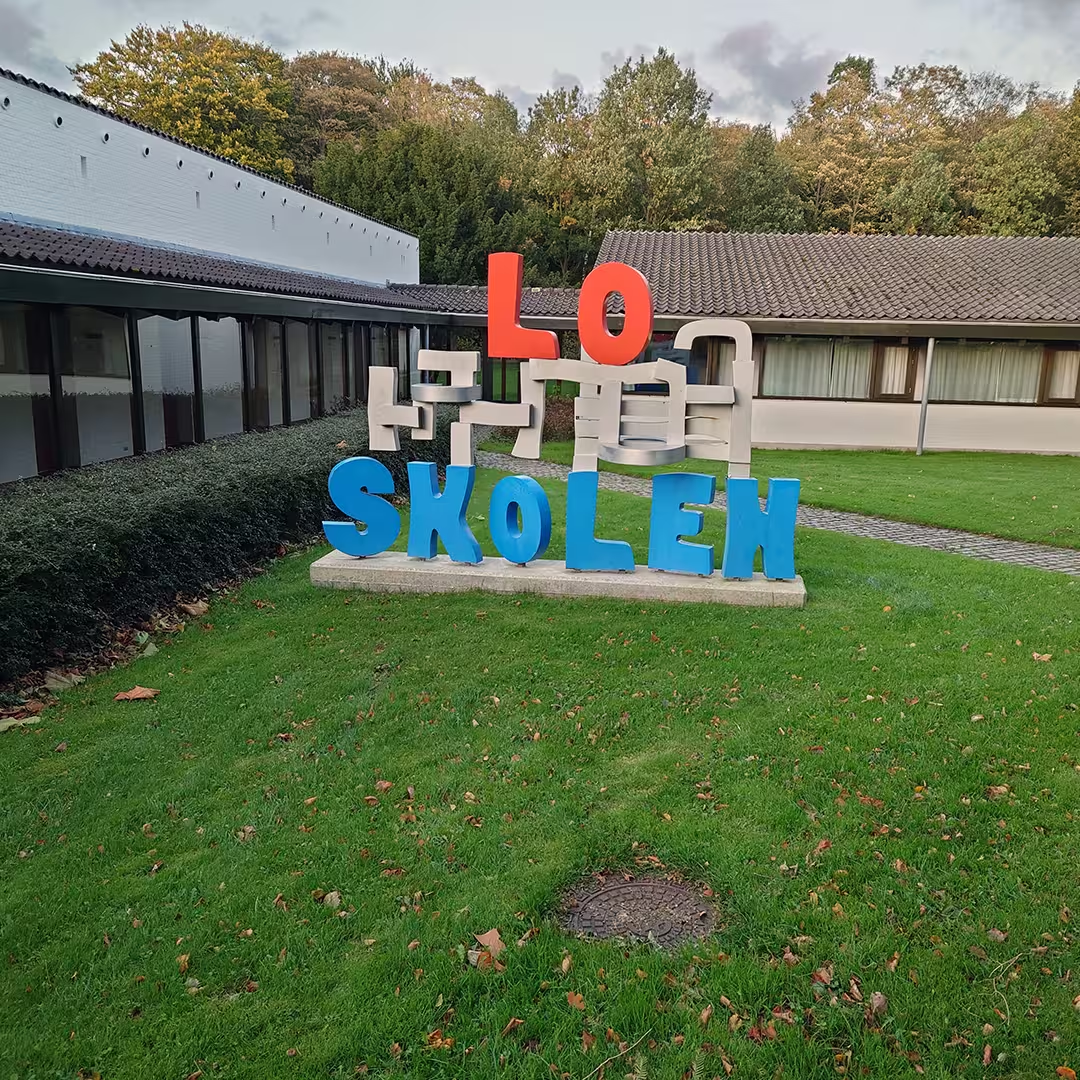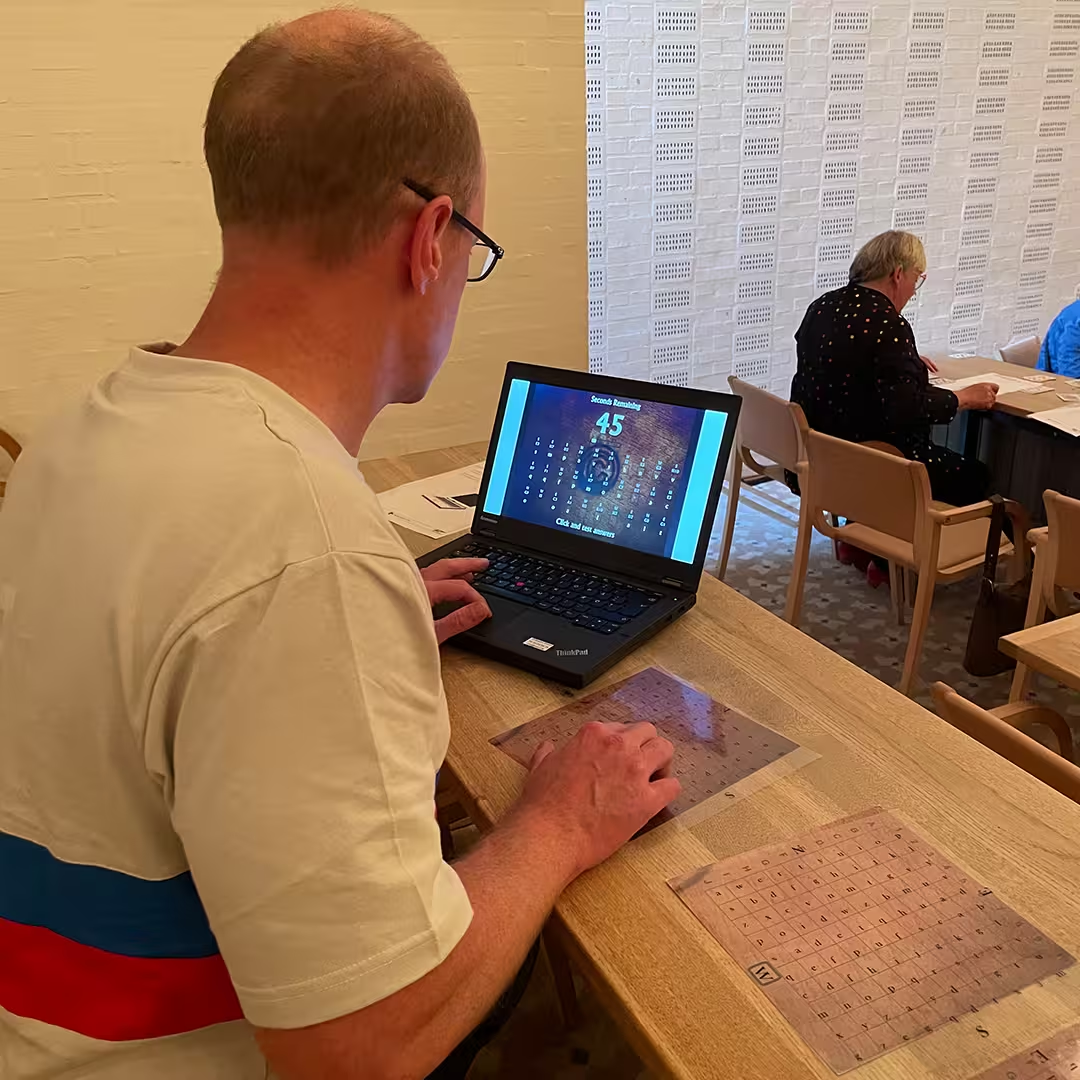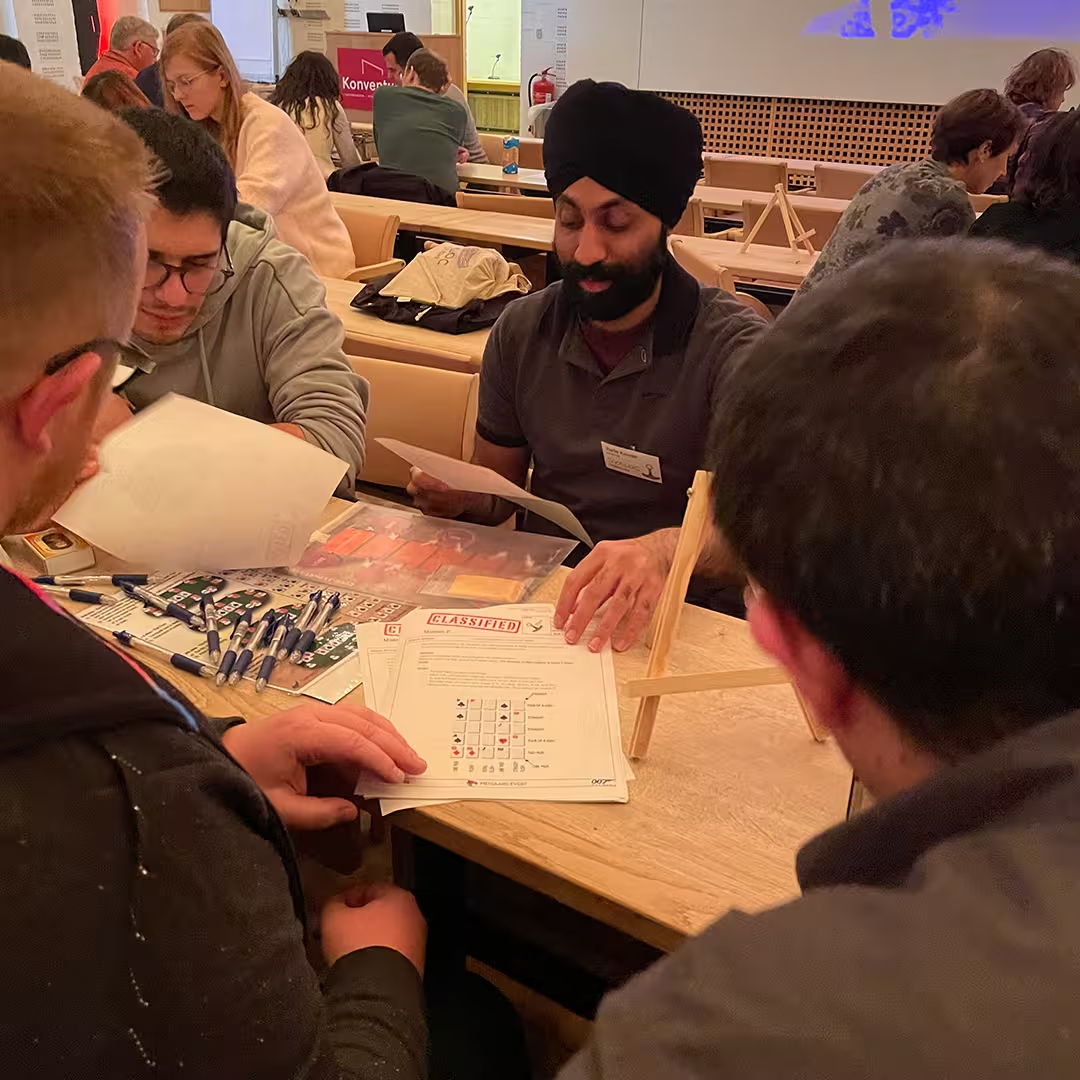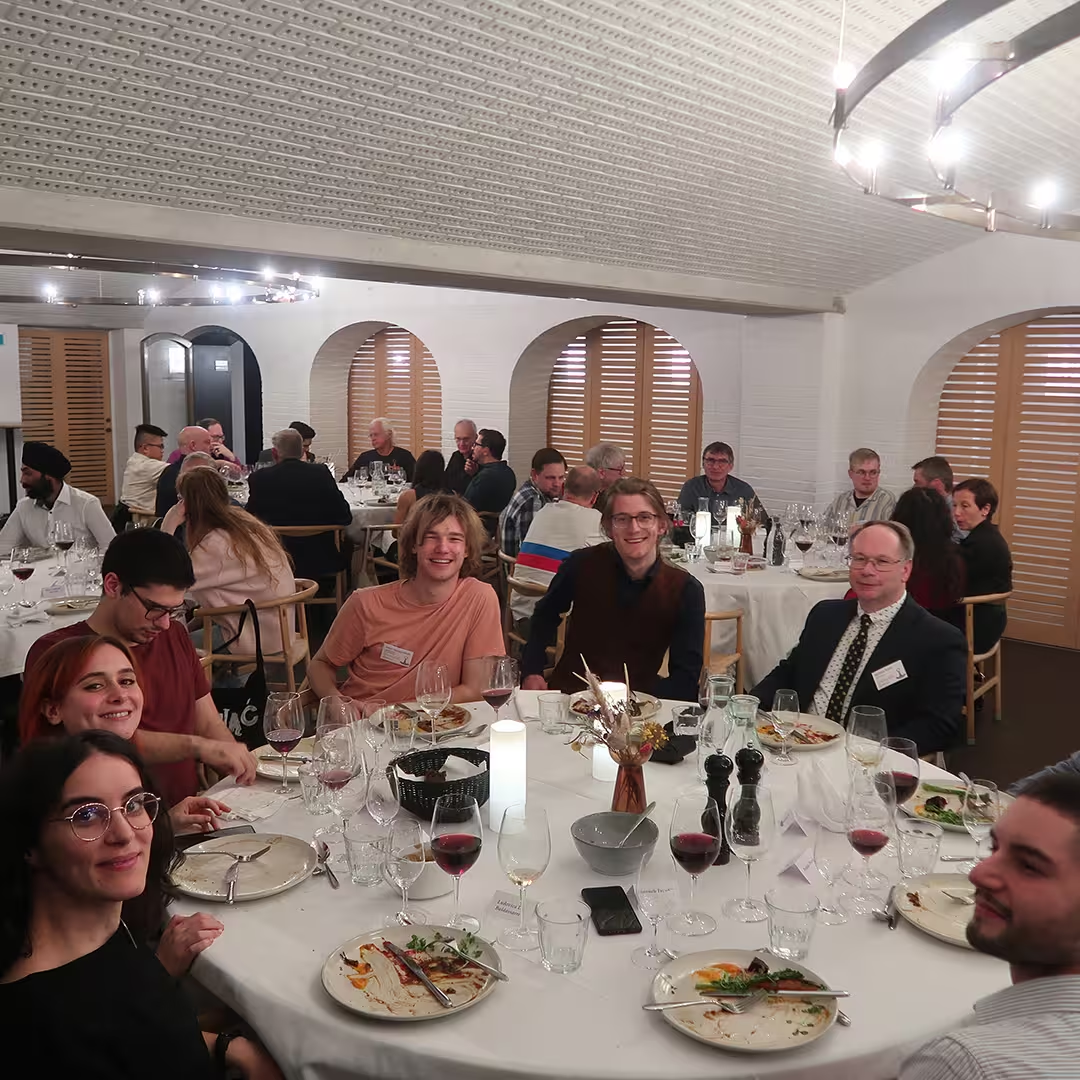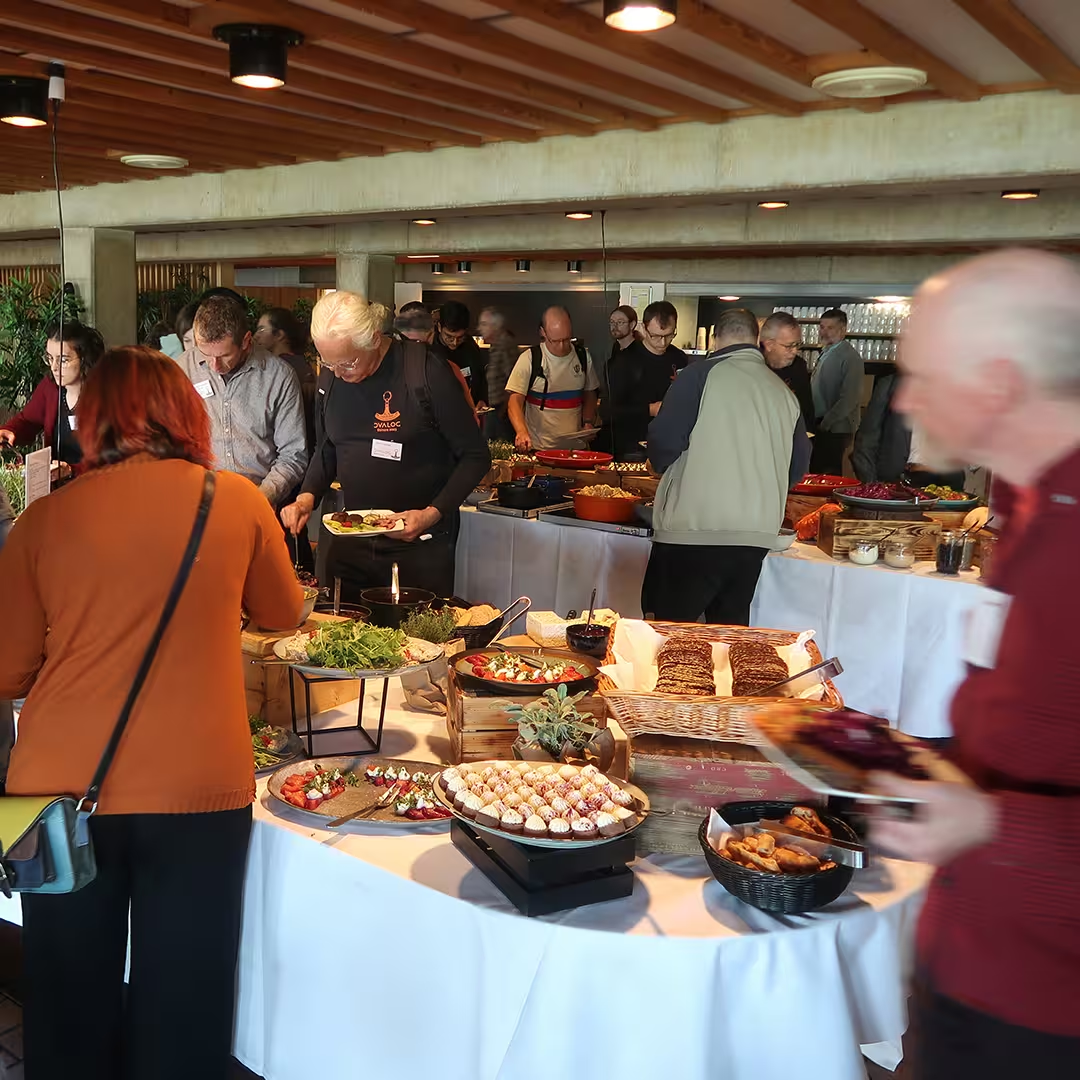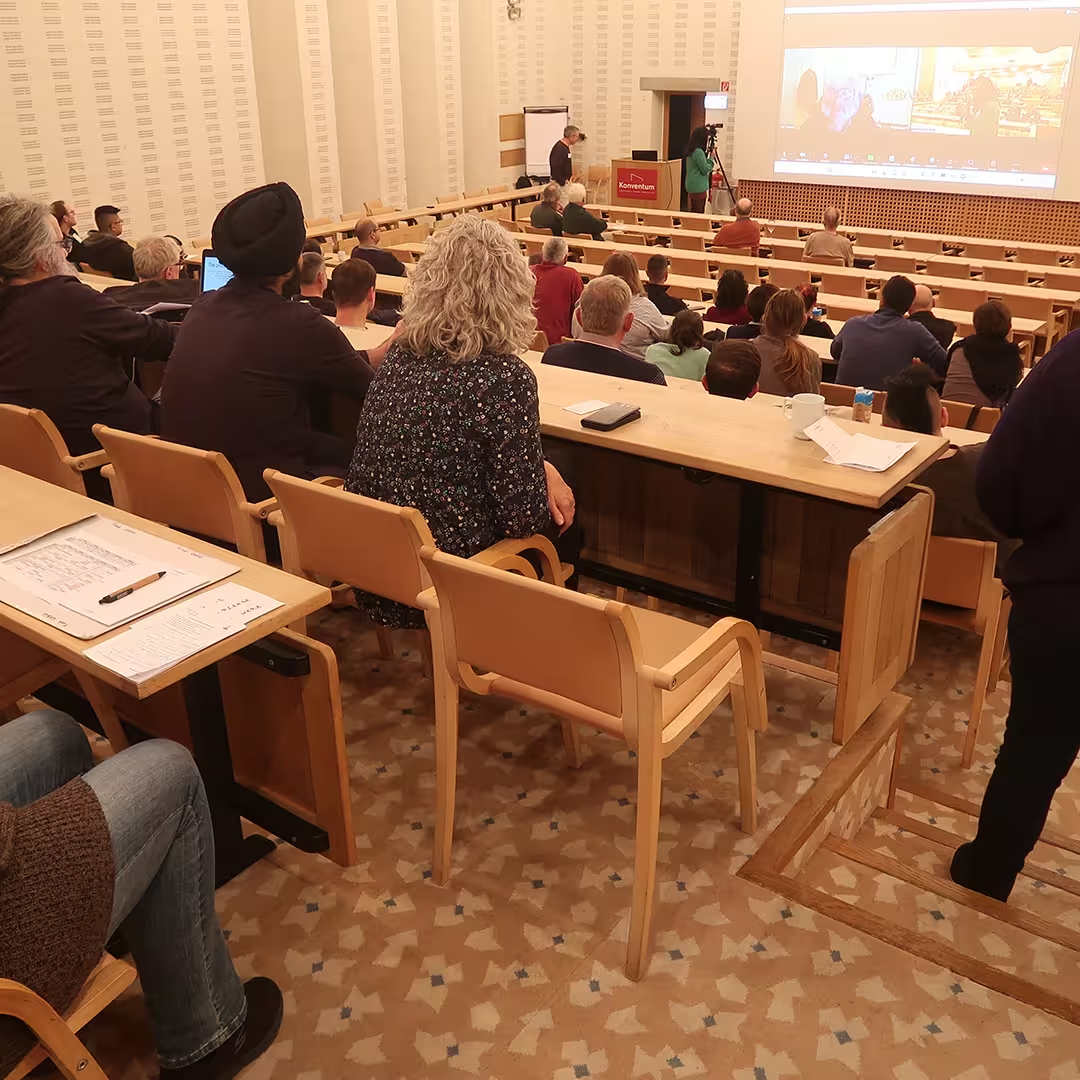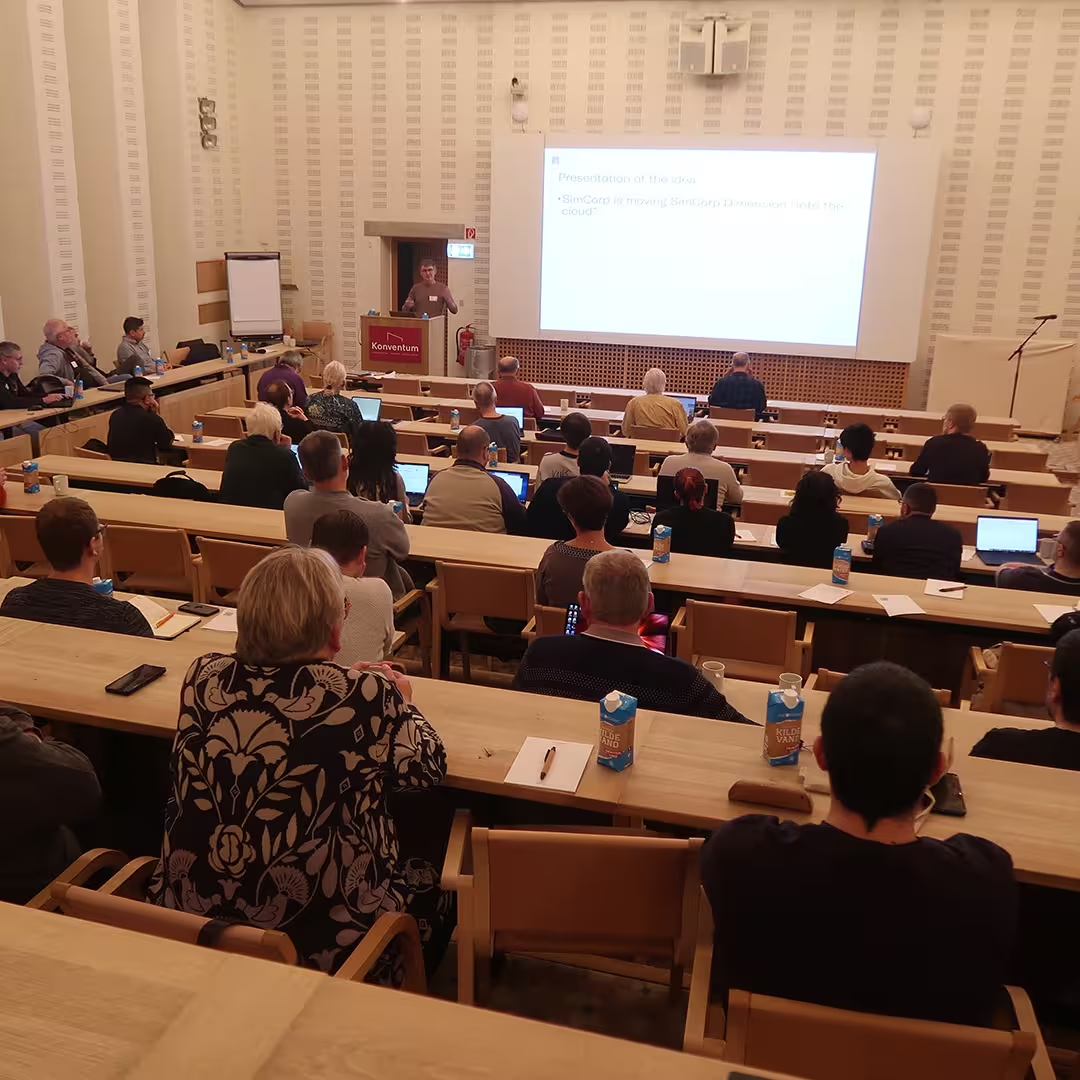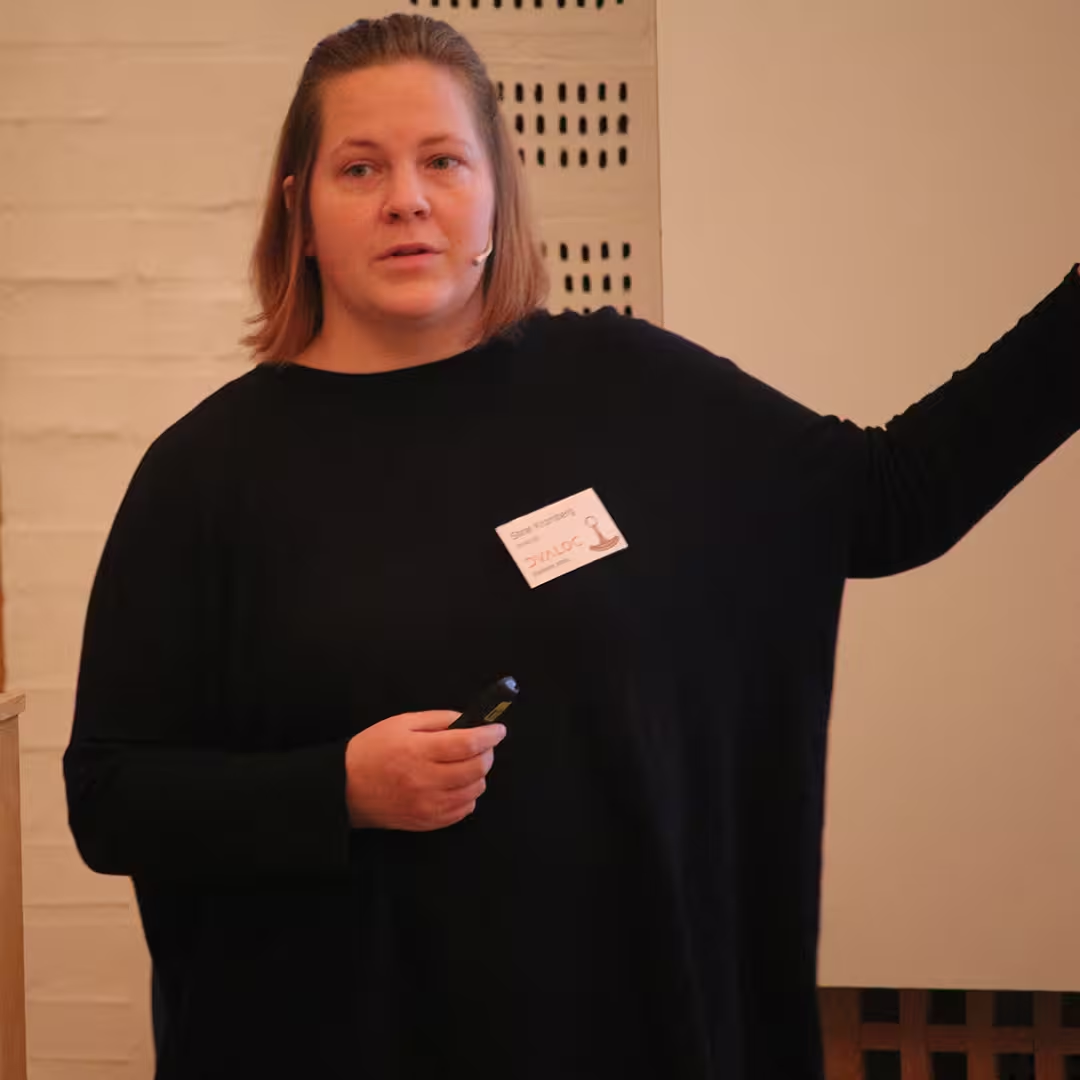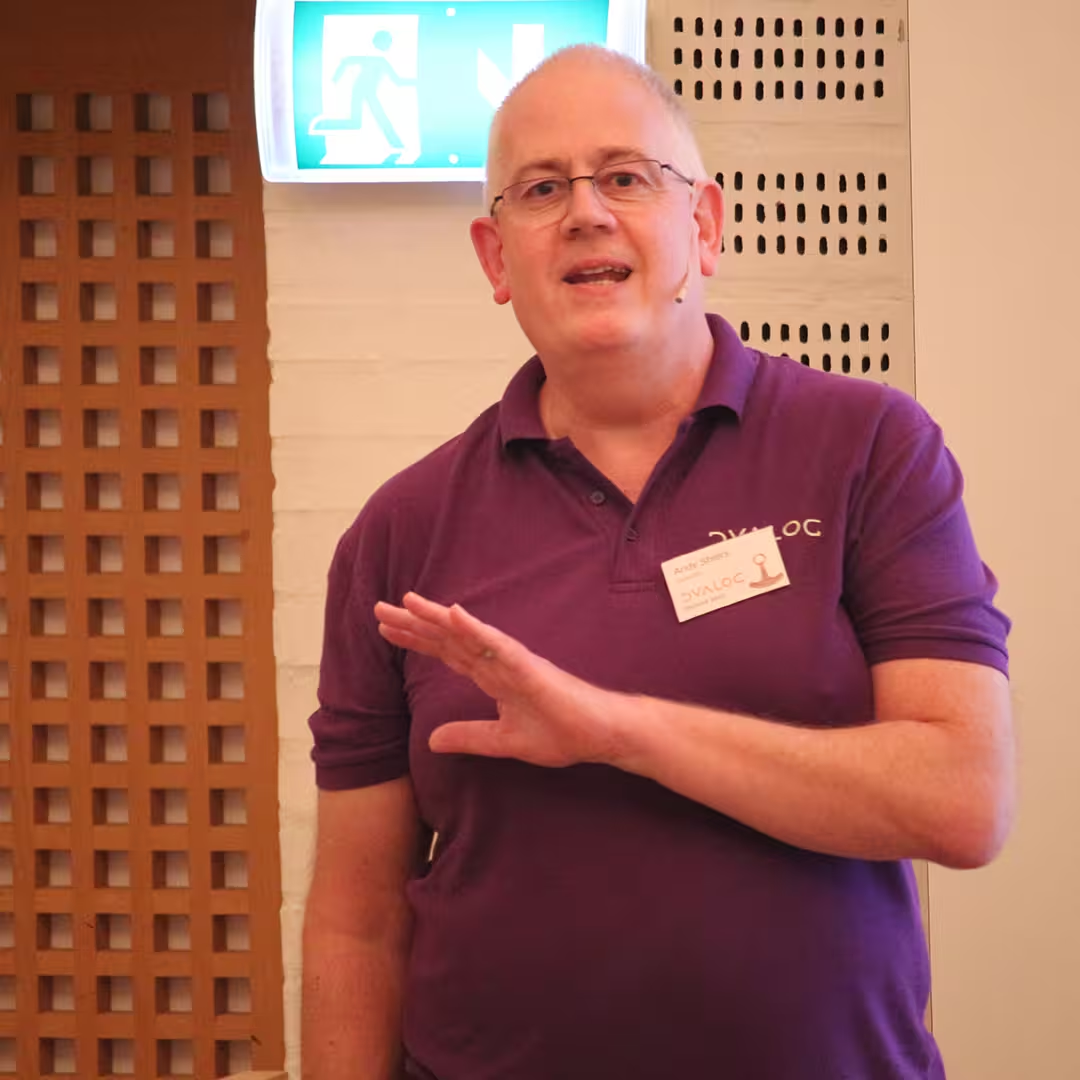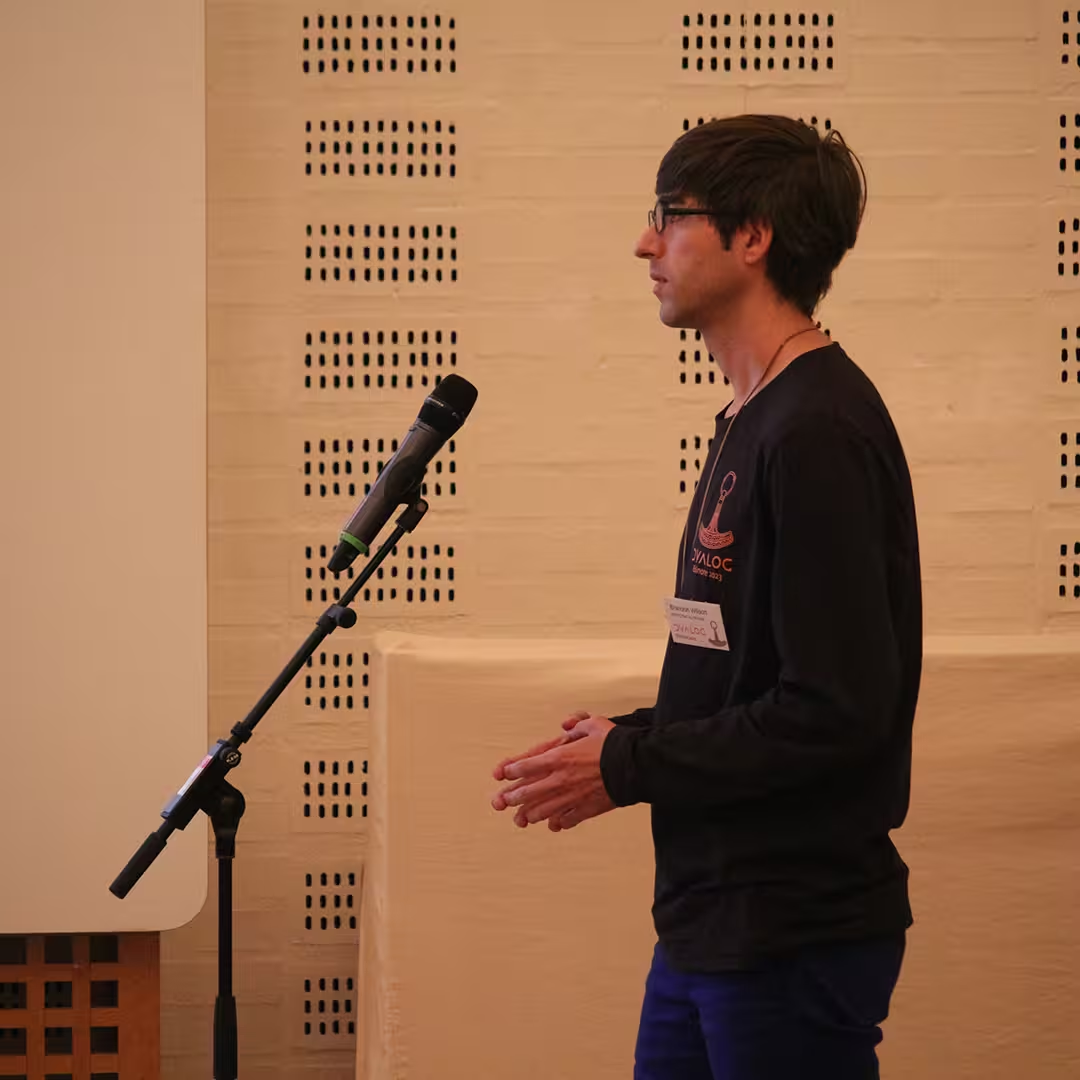Dyalog Presentations
D01: Welcome to Dyalog '23 summary | slides (PPTX) | slides (PDF) | video (23 mins)
Gitte Christensen, Managing Director (CEO)
Dyalog Ltd's CEO opens the user meeting.
D02: The Road Ahead summary | slides (PPTX) | slides (PDF) | video (44 mins)
Morten Kromberg, Technical Director (CTO)
In accordance with tradition, Morten looks briefly back over his shoulder before turning his gaze to the future, presenting his view of the road that lies before Dyalog and users of Dyalog APL.
D03: Dyalog Version 20.0 – Part 1 summary | slides (PPSX) | slides (PDF) | video (28 mins)
John Daintree
John revisits token-by-token tracing (which will be in Dyalog v20.0, promise!), bringing us up-to-date with what it does and what's been added since last year.
John's Dyalog '22 presentation: video
D04: Setting and Getting Variable Values summary | slides (PPTX) | slides (PDF) | video (18 mins)
Adám Brudzewsky
Assignment and using the value of a variable are important elements of programming, but, in more complex systems, the name of a variable is sometimes dynamic, and determined separately. Current solutions to these situations suffer from poor readability and performance, so Adám proposes an alternative approach.
D05: Revisiting ⎕SH and ⎕CMD summary | slides (PPTX) | slides (PDF) | video (18 mins)
Peter Mikkelsen
Using ⎕SH/⎕CMD to run commands through the operating system's shell is a useful feature, but unfortunately this has some limitations. Peter explores these, and presents a new system function that aims to eliminate them and allow the user to control input output redirections, just like in a real shell.
D06: An Introduction to the Workspace summary | slides (PDF) | video (21 mins)
Richard Smith
Richard reveals a few of the interpreter's secrets as he explains what's inside a workspace and how it is managed. This could give you an advantage when tuning your applications for size, performance, or both.
D07: Future Performance Improvements in Set Functions summary | slides (PDF) | video (21 mins)
Karta Kooner
At Dyalog '22, Karta presented an introduction to work that he was undertaking to improve the performance of set-related primitives. He now presents the results of his work and explores what can be expected in upcoming versions of the interpreter.
Karta's Dyalog '22 presentation: slides (PDF) | video
D08: Using Packages summary | slides (PPTX) | slides (PDF) | video (26 mins)
Morten Kromberg
Following his presentation on Projects and Packages at Dyalog '22, Morten demonstrates a version of the Cider project management system that simultaneously supports two package managers – Tatin for packages implemented in Dyalog, and NuGet for .NET components.
Morten's Dyalog '22 presentation: slides (PDF) | video
D09: Dyalog Tools Update summary | slides (PPTX) | slides (PDF) | video (26 mins)
Brian Becker
In addition to Dyalog's language-level tools (for example, system functions), there are also many APL-based tools available for general programming, system interaction and interoperation, and application development tasks. Brian explains the efforts being made to make our APL-based tools more readily available, easier to learn, and easier to incorporate into your applications.
D10: Running Dyalog on ARM64 Machines summary
Ron Murray
With Dyalog v19.0, Dyalog can now run on the Apple Macintosh M1 and M2 machines, the Raspberry Pi-4, and Arm 64 processors in the AWS and the Microsoft Azure cloud environments. In this presentation, Ron demonstrates Dyalog running on the Raspberry Pi-4 and in the AWS environment.
D11: Dyalog + Kafka = True? summary | slides (PPTX) | slides (PDF) | video (27 mins)
Stefan Kruger
Apache Kafka is a distributed event streaming platform that allows you to build real-time data pipelines and streaming apps. It's horizontally scalable, fault-tolerant, and incredibly fast, with latency measured in milliseconds. It's often used as the backbone in microservice architectures in the cloud. Stefan describes his initial experiments on what a Dyalog interface to Apache Kafka might look like.
D12: Dyalog Version 20.0 – Part 2 summary | slides (PPSX) | slides (PDF) | video (30 mins)
John Daintree
John has some generic problems. What can he do about them?
D13: Giving Key a Vocabulary summary | slides (PPTX) | slides (PDF) | video (12 mins)
Adám Brudzewsky
The key operator (⌸), introduced in Dyalog version 14.0, is arguably the most successful recent addition to the language, enabling data scientists and finance processors to group, summarise, and count values in various ways. However, sometimes key disappoints because it doesn't know the intended order of results, is missing placeholders for absent keys, or includes unwanted data. Adám proposes a simple extension that addresses these issues.
D14: The Return of Uncle Andy's Fireside Chat summary | slides (PPTX) | slides (PDF) | video (70 mins)
Andy Shiers
Back by (allegedly) popular demand, Andy will once again delve into the lesser-known aspects of Dyalog and our backend systems – he's got several versions to talk about!
D15: Co-dfns Update 2023 summary | slides (PPTX) | slides (PDF) | video (18 mins)
Aaron Hsu
The Co-dfns project is an initiative to expand the reach and capabilities of APL through compiler design, language research, and the use of APL to tackle problems that have been previously under-represented in the modern APL community. Aaron provides an update on these efforts, including the status and current capabilities of the compiler, a roadmap for the future, and practical details concerning how Co-dfns can be applied today.
Aaron's Co-dfns presentations at previous Dyalog user meetings:
D16: Statistical Libraries for Dyalog summary | slides (PPTX) | slides (PDF) | video (24 mins)
Josh David
With Data Analytics and Machine Learning on the rise, it is now critical to have statistical libraries available. Josh takes a look at some of the open-source statistical libraries available to the APL developer.
D17: How I Won the APL Problem Solving Competition – Introduction and Prize Ceremony summary | slides (PPTX) | slides (PDF) | video (20 mins)
Brian Becker
The 15th annual International APL Problem Solving Competition took place earlier this year. Brian summarises this year's contest and introduces the grand prize winner, culminating in the award ceremony.
D18: Vega Charts with Dyalog summary | slides (PPTX) | slides (PDF) | video (24 mins)
Rich Park
Vega-lite is a high-level data visualisation grammar - a declarative language for describing visual presentations in JSON (JavaScript Object Notation). Charts are rendered using a JavaScript library and, thanks to the HTMLRenderer, we can provide data directly from APL and produce graphics ready for publication on the web. Rich demonstrates a simple interface for producing graphs from APL data using Vega-lite.
D19: Behind The Scenes summary | slides (PPTX) | slides (PDF) | video (54 mins)
Stine Kromberg and Jada Andrade
Dyalog Ltd is growing and times are changing. Stine presents some of the work going on in the background to help us evolve in the years to come.
Licensing can be a very complex subject, and it can be difficult to determine what your exact licence requirements are. We've been looking at simplifying our current structure to make the process more intuitive. Jada presents the changes to licensing that will take effect in January 2024.
